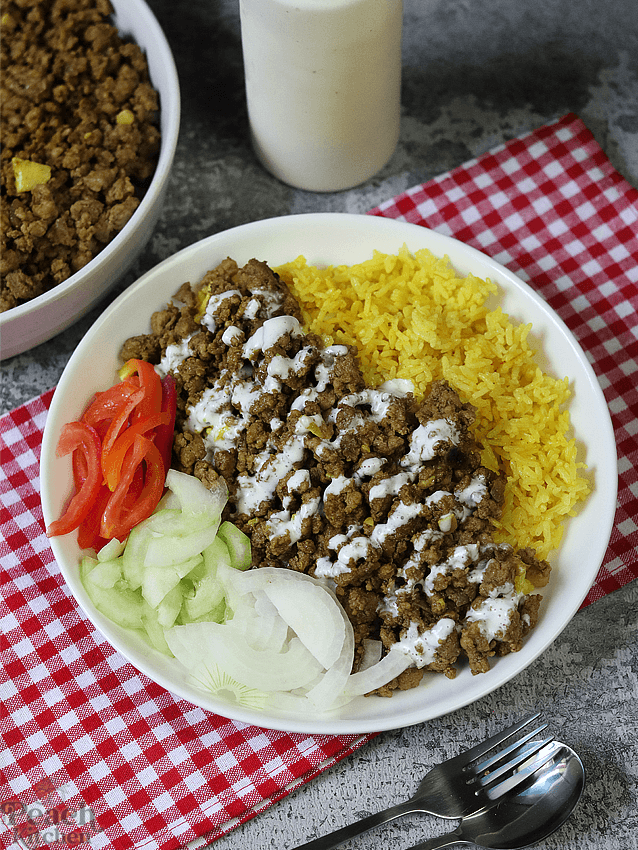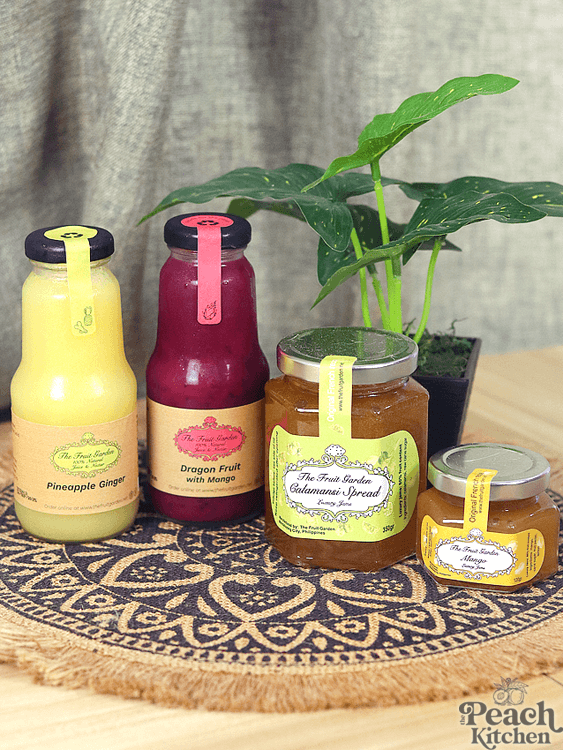There are many ways to save money and stick to a financial plan or budget. You can cut back on unnecessary expenses, get multiple insurance quotes at once to find the best deal on insurance, pay off debt, lessen household expenses, or eat more meals at home rather than going out to restaurants.
Another way to save money is to reduce food costs from the grocery store or supermarket. Making thrifty choices at the grocery store can make a significant impact to your overall budget over time. Even though the United States spends a smaller portion of our budget on food than other countries at about six percent of our budget, we all know that food prices continue to rise.
This article will discuss some tips to help save money and eat healthy at the grocery store. The tips we provide can be implemented immediately to help save on food costs and cut back on your overall spending.
#1 – Make a Plan
A good plan for your grocery shopping is one of the best ways to save money at the grocery store. First, make a list of what items you need based on what items you have on hand and what you need to get.
Planning meals ahead is another great way to save money. Planning ahead keeps you on track for healthy cooking at home, which saves money over eating fast food or restaurant food.
And to get the best deals, use the store advertisement to plan your meals around the sale items. If you can use the store advertisement to plan your meals for the week, you will be able to save even more.
For example, if chicken breasts are on sale, plan one or two meals with chicken as the main ingredient. You can even cook the chicken once and use it for more than one meal to save time.
.jpg)
#2 – Try Generic Brands
Generic or store brands are another great option to save money. Many times these products are basically the same ingredients or the same as the name brand products, and they are often much cheaper.
You can compare the prices of the generic or store brands to the name brands to see how much money you can save.
#3 – Use the Unit Price
The unit price is another way to compare different brands and packages of the same food. This number is usually located on the tag on the shelf in small print. It will be a price per a specific size or measurement, like five cents per ounce.
Sometimes a larger package is a better deal, but that is not always the case. The unit price can help you determine this.
Sometimes sale items do not have the unit price calculated based on the sale, so you may have to calculate this yourself. And oftentimes, we just pay attention to the price and ignore the unit price. It’s worth the extra time to look at or calculate this to make sure you actually are getting the best deal.
#4 – Buy in Season
Seasonal fruits and vegetables will be the best tasting and best-priced produce. They are also high in nutrients.
Fruits and vegetables are great sources of vitamin C, potassium, fiber, phytochemicals, B-vitamins, vitamin K, and vitamin E. Fruits and vegetables are some of the best sources of soluble and insoluble fiber, which plays a role in weight management, heart health, and digestive health.
If you are not sure what fruits and vegetables are in season, use a seasonal calendar for your area. These are readily available, often for free, online. You can also look for the fruits and vegetables that are on sale as those are usually the options that are in season.
.jpg)
#5 – Eliminate Food Waste
A recent study found that families throw away around $1,000 of unused food each year.
Sometimes we buy healthy foods like fresh fruits and vegetables with good intentions, but we never eat them. They end up getting thrown out because the produce is going bad.
Try to only buy the foods you will eat. If you aren’t going to eat them, make sure you freeze them before they go bad.
One common myth on food packages is related to expiration dates. The only food that has a true expiration date is baby formula or dairy products. Foods will have a “Best By,” “Sell By,” or “Use By” date but those are related to food quality, not the safety of the food.
Many people throw away foods they think are expired but would be completely safe to eat.
#6 – Prepare Foods Yourself
Conveniently prepared foods can save you time, but they will also cost more. A bag of lettuce or bag of baby carrots are both convenient and healthy but also more expensive than buying a head of lettuce or regular carrots. You can wash, peel, and slice fruits and vegetables yourself to save money.
Preparing foods at home not only saves money, but it’s also usually healthier.
Meals cooked at home typically have less trans fat, less saturated fat, less sodium, and less added sugar. Too much trans fat, saturated fat, sodium, and sugar are related to a number of chronic health conditions, like cardiovascular disease.
.jpg)
#7 – Buy Some Things in Bulk
Some items can be cheaper when purchased in bulk quantities. Use the unit price to determine if the bulk items are a good deal. When buying in bulk, make sure you will use or freeze the items before they go bad.
Non-perishable items are good to buy in bulk if the price is right, but it doesn’t save money if you buy perishable items that go bad before you use them. Freezing is an option for some bulk items if you have space.
You Can also find good deals on these items online and have them delivered.
#8 – Shop for Groceries In-store
Online grocery shopping for delivery and pickup are becoming more common, but they are actually a more expensive option. If your goal is to save money, shopping on your own in-store seems to save money.
People tend to spend the most when ordering online for delivery and spend the second most when shopping online for pick-up. There are often additional fees for delivery and pick-up which makes them more expensive options.
#9 – Choose Frozen or Canned Fruits and Vegetables
When fresh fruits and vegetables are not in season and not on sale, don’t be afraid to reach for the frozen or canned options. Frozen fruits and vegetables are frozen at peak quality so they are high in nutrients. They are also convenient and do not go bad quickly.
Eating plenty of fruits and vegetables ensures that you are getting enough vitamins, minerals, and fiber. Fiber not only helps with cardiovascular health, but it also enhances metabolism as well.
#10 – Try Meatless Protein Options
Meat can be a big part of our food budget. Meat is a good source of protein and other nutrients, but it’s easy to substitute meat in our diet with other options to get protein. Cheaper protein options include eggs, canned tuna, beans, whole grains, nuts, nut butter, and soy protein foods.
When you do buy meat, buy only meat on sale.
Using more meatless protein options can also improve your heart health. Those that are plant-based protein options have more fiber, less trans fat, and less saturated fat, which boosts cardiovascular health.
#11 – Speed Up Your Shopping
The longer we spend in a grocery store, the more likely we are to pick up extra items, unplanned items, or impulse buys.
It can be tempting to browse, but stick to your list and make your grocery trip as brief as possible.
#12 – Double Recipes for Leftovers
If you have enough ingredients on hand, it can be easy to double a recipe for leftovers later in the week or to be frozen for a later date. You can also cook an ingredient once, like chicken, and use it in multiple recipes for the week.
.jpg)
Melissa Morris writes for the auto insurance comparison site, AutoInsurance.org. She has an MS in exercise science, is an ACSM certified exercise physiologist, and an ISSN certified sports nutritionist.
























